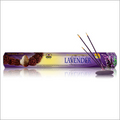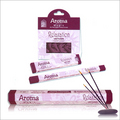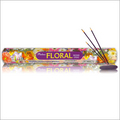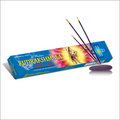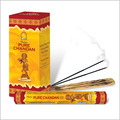 |
Types of Incense |
 |
|
|
|
|
|
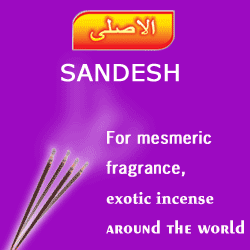 |
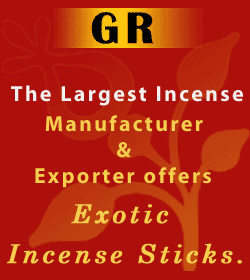 |
|
|
|
|
|
|
|
|
|
|
|
|
|
|
|
|
|
|
 |
History of Incense |
 |
|
|
|
|
|
|
|
|
|
|
|
|
|
|
|
| |
| Padma Perfumery Works Replenish your senses! |
| Rose Incense |
White Musk Incense |
Al Oudh Incense |
Sheik Al Arab Blue |
Jasmine Incense |
|
|
|
|
|
 |
 |
 |
 |
 |
|
|
|
Ancient Days
In its earliest days, incense were used more in the form of raw wood, herbs, leaves, seeds and spices which was added to fire to summon an individual's chosen deity or spirit guides. It was an essential constituent in every primeval ritual as ancient people believed that these extraordinary fragrant products would be the perfect offering to appease their Gods and make their prayers heard. They also noted that practically, the process also helped them uplift and cleanse their mood and spirit. Somewhere down the line, eventually, our ancestors learned how to capture, preserve and transport these natural essence so that they can indulge in the luxury of using these aromatic elixir whenever or wherever they want.
Historic evidence proves that the practice of incense burning was predominantly prevalent in the ancient civilizations of Mesopotamia, Phoenicia, Arabia, Egypt, India, Greece, and Rome. The coastal regions of Somalia and Arabia were the primary hub, exporting huge amounts of Myrrh and Frankincense to Egypt. The Egyptians used it not only to gratify their gods or to drive away evil spirits but also to preserve their mummies. Frankincense and Myrrh were so precious at that time that these two aromatic raisins were ranked along with gold, ivory, spices and textiles as valuable commodities for trade. Even when the Queen of Sheba visited King Solomon she was known to have brought these valuable scents with her along with other prized gifts , reflecting the scarcity and value of these exquisite resins.
Apart from Frankincense and Myrrh, some other popular fragrances of the ancient age were :
- Spikenard
- Mastic
- Henna
- Rose
- Cinnamon
In the far east Hinduism and Buddhism played a major role in spreading the use of incense throughout the world. Infact the whole concept of incense in the form of sticks is believed to have started from this part of the globe. The basic method consists of rolling a paste of Sandelwood powder, Elm-root and saw-dust in a stick which is used used after being dried in the sun.
In traditional Chan Buddhism, "Incense Boards" were used to determine the span of meditation. These boards, often in the shape of a sword were lit and prayers or meditation were continued till the entire length of the board is exhausted. It was also used by the Geisha as a time measurer and the cost of their services were calculated from the number of sticks burnt. In any Hindu ritual or pooja, incense sticks are one of the mandatory 16 offerings along with betel-nut, betel-leaf, cardamom, camphor, clove, cloth, diva (lamp) flower, fruit, grain, naivedyam (mixture of nine offerings), sandal paste, and water. Each of this elements hold significant importance and have to be offered in a particular order.
In North America, natives used bundles of dried herbs tied together purification and to induce psychic visions. These bundles, generally consisting of a mixture of herbs like Sage, Lavender, Conifer, Sweetgrass and Copal, were called smudge sticks and were used to smoke an area or a person using a eagle feather.
|
|
|




